We were lucky to catch up with Chris Limeres recently and have shared our conversation below.
Alright, Chris thanks for taking the time to share your stories and insights with us today. Can you recount a story of an unexpected problem you’ve faced along the way?
Well, an interesting story on this subject is that when I began to get into the clothing design world and I started to implement graphic elements from my illustrations on to clothes, everything was going well, but I took time to really plan out how I was going to make this work. What printer and software would allow my elements to pop in certain areas of the clothes? That was the challenge. I chose inkjet printers, which, when combined with transfer paper and heat presses, allowed me to transfer my art onto the clothes. For starters, many challenges resulted in my chosen paper type. I used sublimation ink, which doesn’t work with regular ink, and I kept heat pressing with the right temperature and pressure settings, but still nothing. I had to research manufacturers, and finally I found the information I had been looking for all this time, and the results were in: after many trials, the paper stuck to the clothes. At the time, I was also using mixed fabrics, like polyester and recycled thrifted fabric. Fast forward a couple months, and I found a faster process with the clothing design process. I’m pretty acclimated with the steps; I have showcased the clothes in shows going back to back. I made some profit in show sales, and it felt good. There was this sense of gratification that I felt in the moment, like after all the trials and tribulations, something had paid off. But all of that would soon pass, because four months later, after the summer had passed and the art show season had concluded, I, like many others, ran into another problem. I was low on stock with the transfer paper, and it would take a little longer than usual due to low online stock. After some time had passed and the package of inventory had arrived, I began to do my usual process. I assembled the image as planned, and after heat pressing it, I looked down after I peeled the backing of the paper. To my surprise, the image quality was lowered and had this low opacity to it; it was no longer bold in color with great detail as before. I made multiple tests, but to no avail. After a few weeks, I became frustrated; I had ordered various transfer papers from various manufacturers; it seemed like I only had two options: order a new printer with different software; but laser, sublimation, and online print shops charged hundreds to thousands of dollars; it was going to break the bank a lot. After a few days, I thought about screen printing with wet media again; it had been so long since I had gone back to that process, but it seemed hopeful. I felt a sense of relief; this could be a way out of a new process that would take time but would end up being successful because of color limitation. I began to develop stencils for the screen printing and plot new work, excited about the outcomes. In the end, I learned that it was necessary for me to go in this direction; no longer would I have to stage my process as much; it would be more instantaneous. There are many issues to navigate in the design world, especially from a clothing standpoint. You have to think about the technicalities and staging, such as where the image is going to be placed or what part of the clothing design activates the rest of the space. Going forward, I’m definitely stoked to hopefully collaborate with other designers or at least go abroad to showcase my graphics, which revolve around various cultures. The culture is super important to me because it allows me to connect with more demographics of people and learn their values, from the colors, layout, and language there’s so much that your audience wants the exciting part is discovering that during a conversation or purchase of your products.
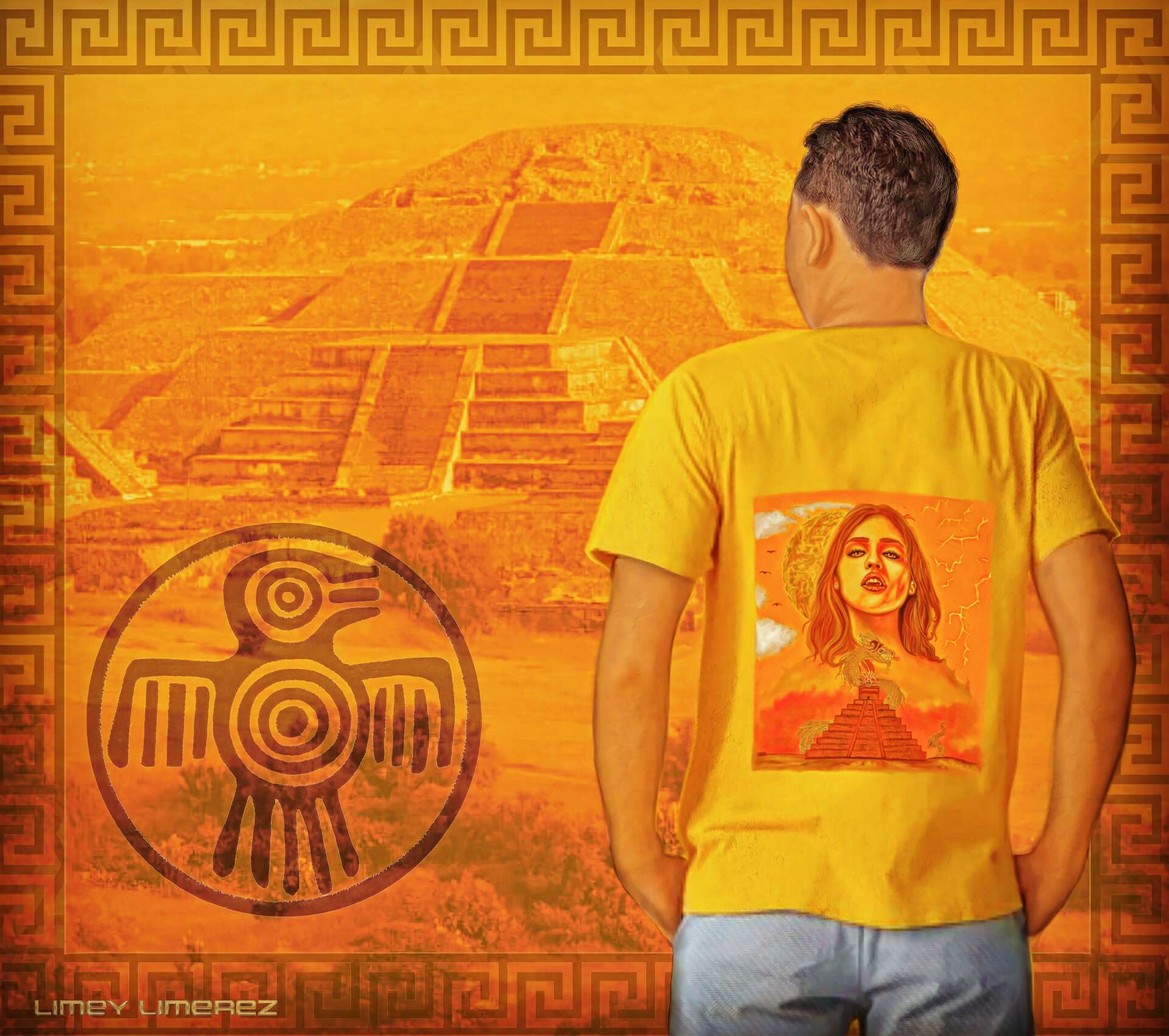
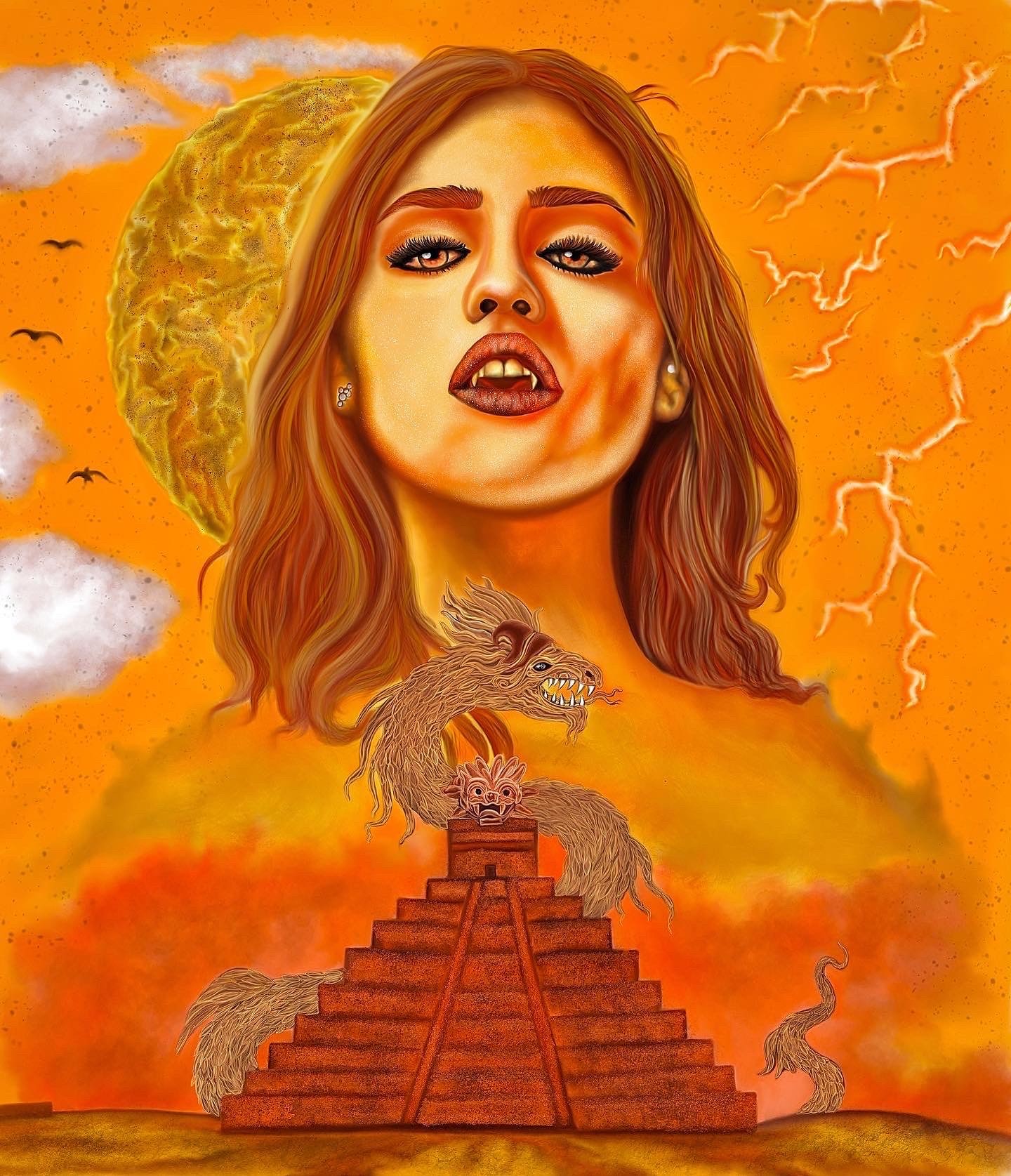

Great, appreciate you sharing that with us. Before we ask you to share more of your insights, can you take a moment to introduce yourself and how you got to where you are today to our readers.
My history is layered; there are pieces to my origins; it isn’t just one thing. That’s how I look at it, and to get into the details of it, it all started at a young age in Alaska, a.k.a. the last frontier. I was always drawn to the outdoors, from physical activities to observing my surroundings; I wanted to roam over the valleys, mountains, and forests and fully experience everything there was to offer; art is about discovery, and being in a place that provided that energy only influenced my imagination even more. I don’t remember fully the first time I drew, but judging from the baby pictures it showed me in, I was probably just going through preschool. I was in full pajamas, surrounded by office supplies and paper. Creativity was like my calling card, and drawing made me feel powerful. It pulled me away from the world and all the chaos of everything, and I felt focused and determined, and I didn’t feel that as much with other things like sports. Art felt necessary to me, it wasn’t just this thing to pass the time; I wanted more from it, like I viewed it as a way to elevate my life and to bring peace to myself. It was an escape for me. I’d say that being surrounded by nature was also what started my journey into the art world. My voyage into ingenuity was pushed even further when I became an adult. I became more exposed to technology when I moved out of state into a whole new city, I felt lost at first. Even after I settled in, the tools and resources I had weren’t present around me anymore. I would sketch on drawing pads and whatever else I could get my hands on until I reinvented my style and launched a social media page. It wasn’t until I got a little school experience that I realized I would rather be self-made than tied to a corporation or big-name company, so that’s when I had this business idea, Limey Limerez, to me it was a way out of the rat race, an escape, a chance to hopefully create a legacy. This path is hopefully a chance to go into a direction of creative fulfillment and educating the world on my story. The materials I use are software such as Photoshop and Procreate; I switched from using plug-in drawing tablets to an iPad Pro, which is where Procreate became my main operation for production, and that’s what I use to create my illustrations and clothing design graphics. As for my techniques, I tend to use a lot of soft airbrushes combined with oil paint kits in my digital art creations. This helps me have more access to customization in the long run. The more I have at my disposal, the more I can play around with how I’m going to make this face have skin texture or how the lighting will stand out on a certain surface. Being a digital artist who focuses on pop culture with a sci-fi twist, with surreal space elements and saturated colors, much of the artwork I create focuses on communicating subjects symbolism in my work to give it layers. As of now I provide clothes, prints, stickers, and banners I like to add variety to my work this solves problems for customers because they don’t have to deal with limitation theres many themes and variety that appeals to my audience, such as History, Pop Culture, Music, Fan Art, Landscape. I think one thing that sets me apart from many in my personal life is that when it comes to showcasing work in the web space I don’t ask for exposure or prioritize getting validation from others fellow creatives or businesses I take time to really connect to my follower base and I am only interested in educating others through the context of my work because to me thats building real value within yourself and the work, you’re focused on superficial things like understanding what your audience’s values and beliefs are, I don’t believe in dividing a fanbase I want to unite people through art. To the readers, I’d like to say that this business, Limey Limerez, is built upon the goal of breaking creative barriers and providing audiences with more than just a pretty flashy design to awe viewers; it’s also about crafting a narrative and giving insight into the culture that the images are based on. Icons tell stories, and through my graphics, these icons come to life on clothes and paper. My end note for the audience is that I want to bring creatives together and exchange ideas and educate large crowds of people; I want to go big, not small, with how I communicate to those around me. My work aims to say that our existence is ethereal; we are more than just this presence or a number in the system; we have potential within ourselves that the universe or a higher power has bestowed upon us as inner gifts that we have to unlock. My artwork represents the evolution of people and places; it’s based on different cultures. We are all powerful beings who have the ability to craft our own destiny in the modern world, which pushes complacency and mediocrity. My desire is to guide others and myself through my own production of creativity. I don’t want people to limit the value that the world strips from them through societal programming and collectivism. I feel that art is about individualism, and as children, we are spiritually connected to that sense of self-worth. I say let’s get back to that moment; that’s what I want people to know when consuming or looking at my work!

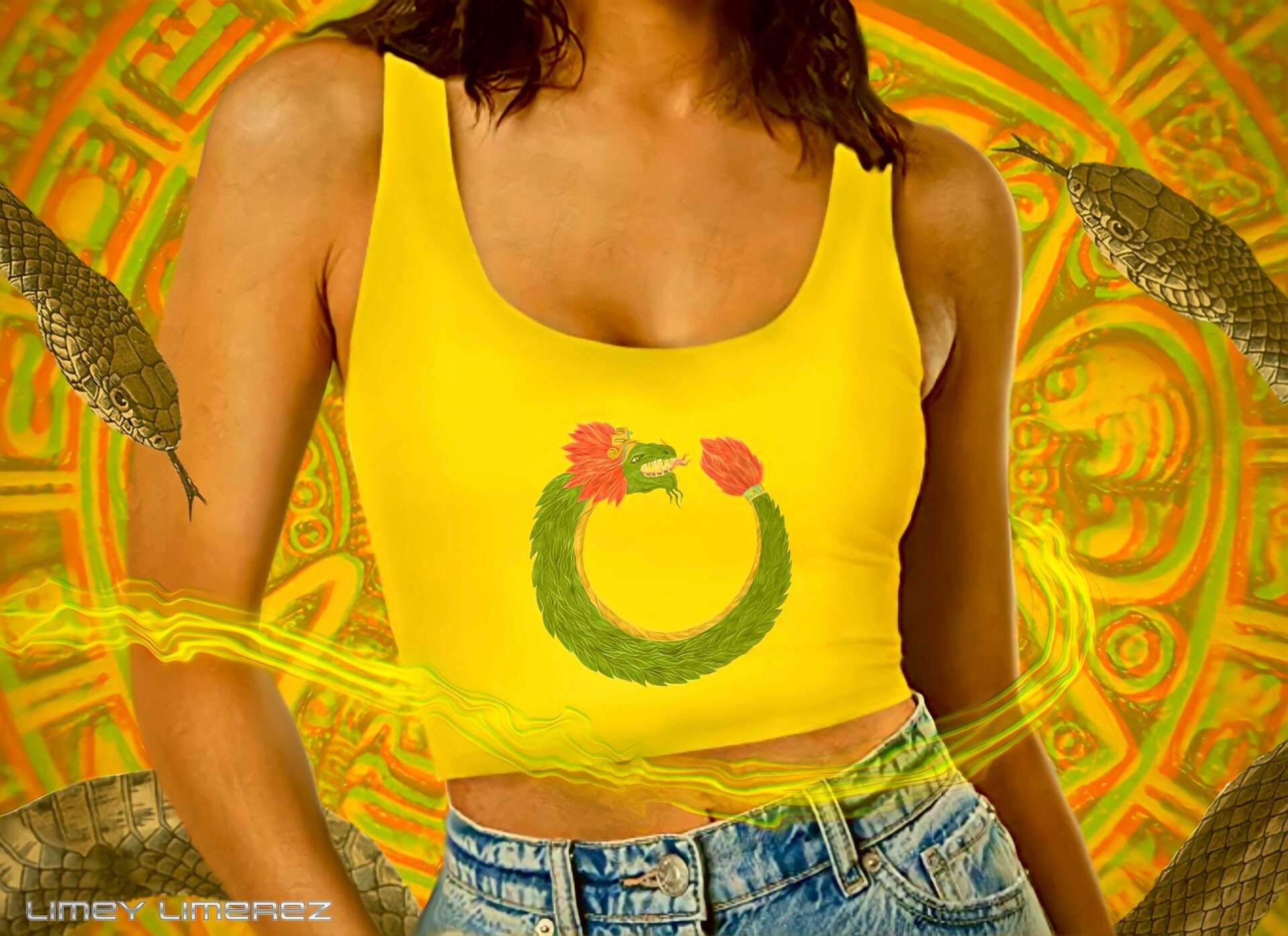

We often hear about learning lessons – but just as important is unlearning lessons. Have you ever had to unlearn a lesson?
This one is really big in my development as a creator, and it’s one that many should remind themselves of. This isn’t the cliche “Be consistent” or “Work hard.” The lesson is to not rely upon technology to build a reputation when you’re a younger creative. To many, this might seem like the first thing that comes to mind when we promote a concept or market an idea, but when you start out fresh and new with the goal of creating a foundation that will lead to an audience and hopefully a customer base, this isn’t the way to go. My story is that when I first started a Twitter and Instagram account in 2018, which I eventually deleted, when I started uploading work, it was older projects I made in high school and in the back of sketchbooks; this was before I dabbled heavily in digital art work and various software. I was so fixated on who was liking, commenting, and understanding what I was putting out that time passed, and regardless of what I was doing in the way of promo and work, it seemed that I wasn’t getting anywhere with my art. I grew discouraged. I saw many other designers that had a high growth rate, and people wanted to see more of what they did. A couple months passed and I was spending hours preparing work that got me nowhere. I was clinging to this idea of building a brand and forming a community. Keep in mind that this was three years before I really had developed a style, brand, and product line. I had nothing else around me at the time: no family, friends, companions, or stimulation of any kind. I was living in a bad neighborhood and had a dead-end job; it seemed like I wasn’t going anywhere at the time. Art was an outlet for me, but the way I was plugged into it wasn’t great; hours spent feeling worthless and not seeking art resources to help me, I was in a bad spot. After a while, I found a better job at a cleaning company, and I believe that the fact that I had more responsibility and value as a supervisor sparked something within me, and I began to start building value in my physical life, such as hitting the gym and creating work that wasn’t just focused on small topics and ideas, but rather work that points to all. Essentially, in order to unlearn my error, I realized that I needed to connect with cultures in order to create work that people could relate to and learn about. “his one is really big in my development as a creator, and it’s one that many should remind themselves of. This isn’t the cliche “Be consistent” or “Work hard.” The lesson is to not rely upon technology to build a reputation when you’re a younger creative. To many, this might seem like the first thing that comes to mind when we promote a concept or market an idea, but when you start out fresh and new with the goal of creating a foundation that will lead to an audience and hopefully a customer base, this isn’t the way to go. My story with this is that when I first created a twitter and Instagram account back in 2018, which I eventually ended up deleting, when I started to upload work, it was older projects I made in high school and in the back of sketchbooks; it was long before I dabbled heavily in digital art work and various software. I was so fixated on who was liking, commenting, and understanding what I was putting out that time passed, and regardless of what I was doing in the way of promo and work, it seemed that I wasn’t getting anywhere with my art. I grew discouraged. I saw many other designers that had a high growth rate, and people wanted to see more of what they did. A couple months passed and I was spending hours preparing work that got me nowhere. I was clinging to this idea of building a brand and forming a community. Keep in mind that this was three years before I really had developed a style, brand, and product line. I had nothing else around me at the time: no family, friends, companions, or stimulation of any kind. I was living in a bad neighborhood in a townhouse in Minnesota the sound of gunfire, screeching cars, and couples arguing every night. Plus I had a dead-end job; it seemed like I wasn’t going anywhere at the time. Art for me was an outlet, but the way I was plugged into it wasn’t good at all. I mean, hours spent feeling of no value and not seeking art resources to help me, I was in a bad spot. After some time I found a better job at a cleaning company. I think the fact that I had more responsibility and value from the position of supervisor sparked something within me, and I began to start building value in my physical life like hitting the gym and making work that wasn’t just focused on small topics and ideas but rather work that points to all. Basically, in order to unlearn my mistake, I had to realize that I had to connect to cultures so that I could make work that people could relate to and learn about. “Hey, that’s about my country’s history.” “Oh, I remember that.”
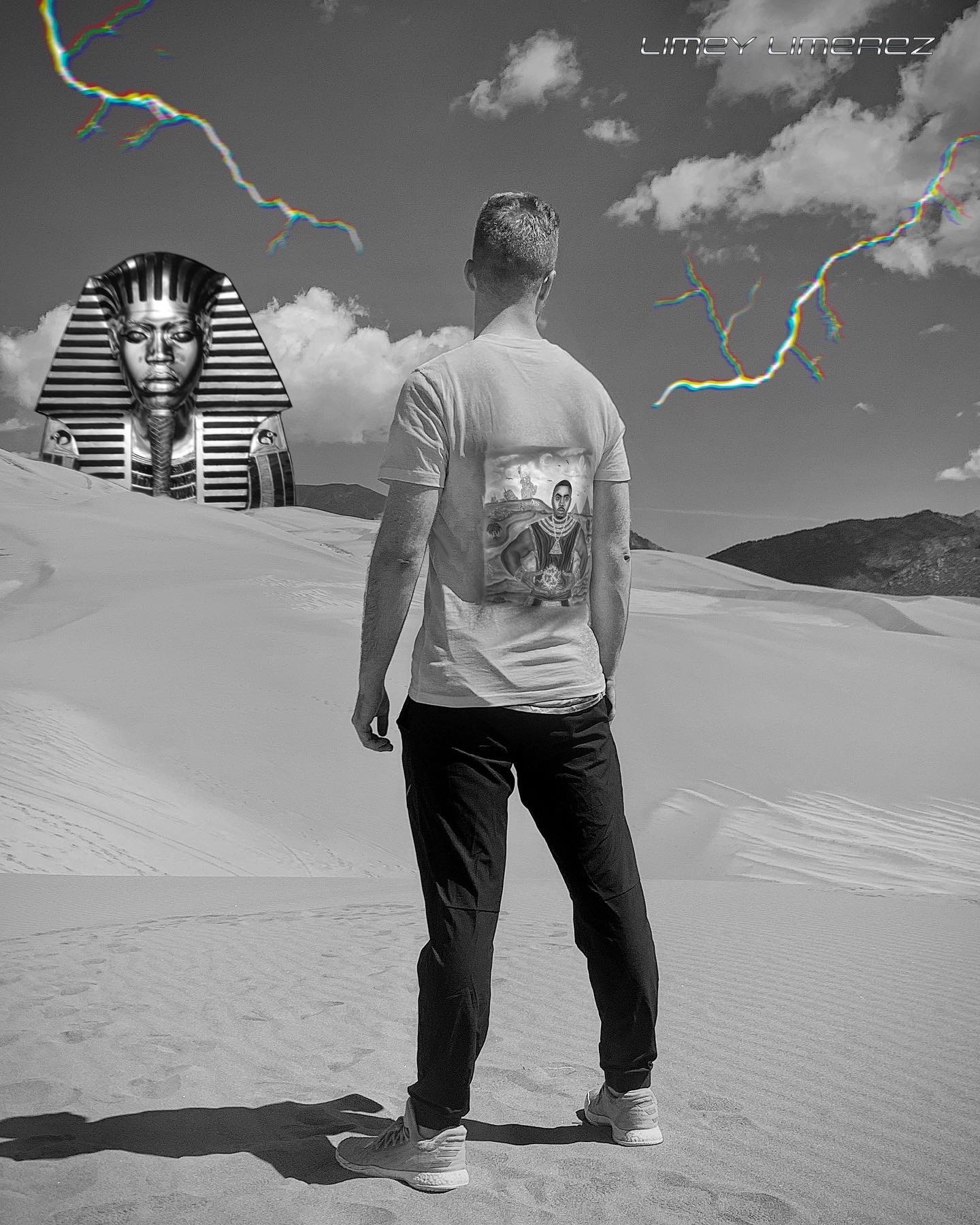


What can society do to ensure an environment that’s helpful to artists and creatives?
I think the main thing that society can do to support artists so that they can thrive in the creative world is to give them a spotlight on mainstream media outlets like NBC, talk shows, and livestreams. I feel like this is a long shot, but perhaps doing interviews and overviews of their work for artists who are on the rise and have more to offer than competition and following trends will open up these avenues for individuals who want to educate or lead people through their projects, such as a children’s illustration book with a message that benefits the development of youth, or an invention that involved an art series that brings to light a certain issue. Again, these are just ideas I’m throwing out. I think a lot of what’s focused on when supporting artists and designers in the world today is pushed into limited spaces like social media platforms, where it usually stays. We rarely see any highlights or voices being spoken from this demographic. Think about all the negativity, anxiety, and fear that’s projected from these places. All it does is divide us and make us feel stagnant. The media throws a lot of degenerative energy at us: this celebrity said this, a politician is pushing this ideology, and this influencer got a daring surgery to look like a K-pop star and put out this hit Tik Tok remix. There are still outlets for creators on the rise in local areas, but all I’m saying is let’s push the artistry into the mainstream media. We have the music industry at the forefront, but what about the traditional painters, potters, and digital artists? Overall I think theres also literary sources such as news letters articles that could be utilized showing that the art created from these artists is relevant that it’s out there and evident in the form of paper and text too, art started out in a physical form so let’s take it there. Having journalism feature artists of the month plus radio shout outs for small towns that don’t have billboards would elevate the local creative space let’s go beyond just an art show. We can aid the art space by thinking big what’s a outcome that can benefit both sides this is a big answer that could lead to the things I spoke of.
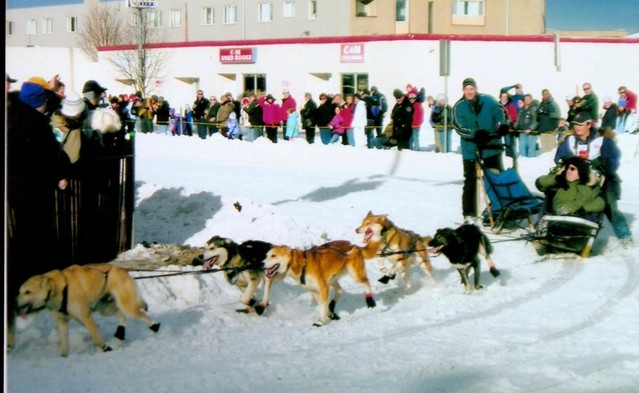




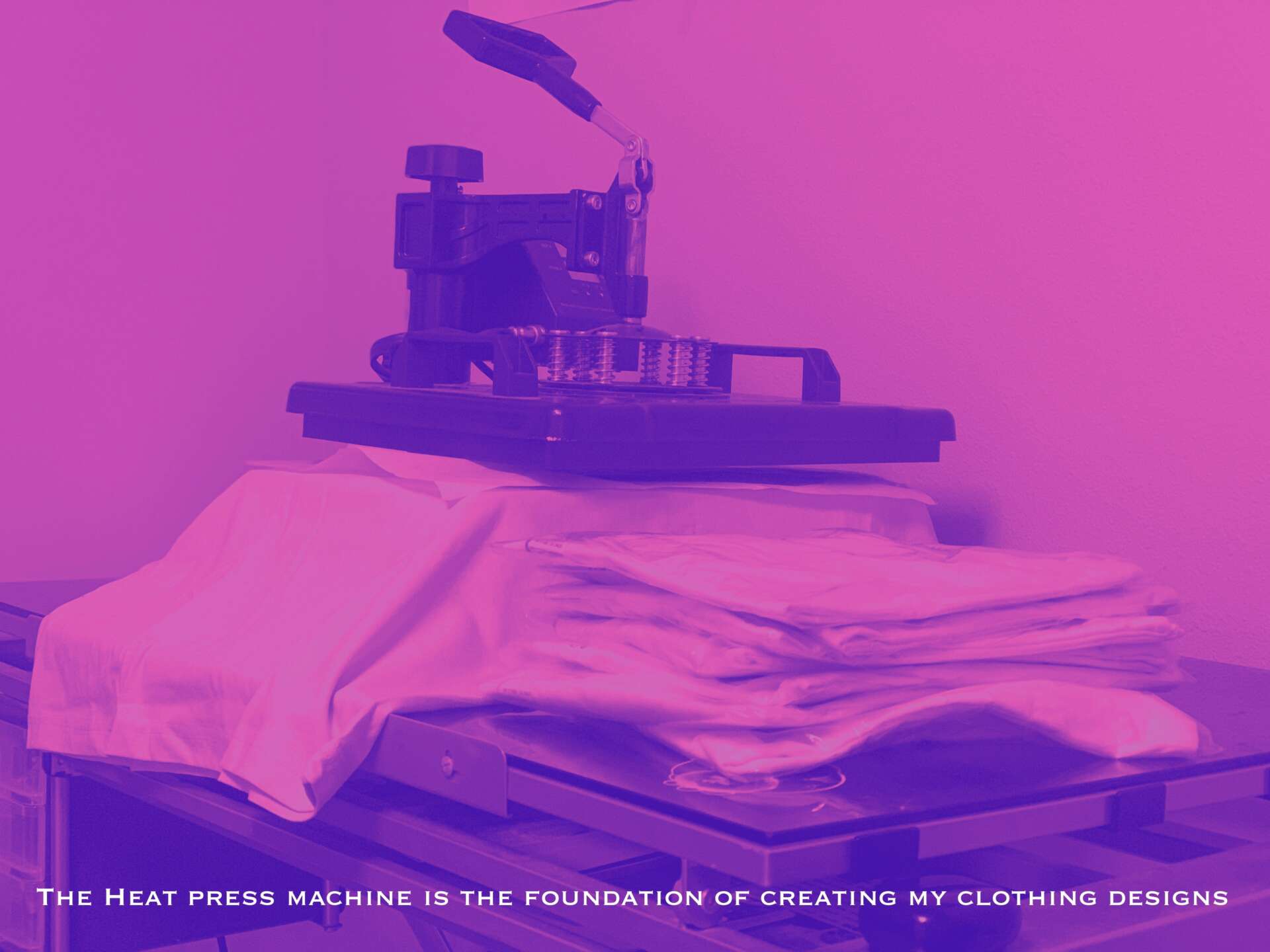
Contact Info:
- Website: https://limeylimerezillustration.com/
- Instagram: https://www.instagram.com/limeylimerez_creations/
- Youtube: https://www.youtube.com/channel/UCJZdBrHSb8yw8Du5tFqx6dA
- Clothing Shop: https://limeylimerezthreadz.com/


